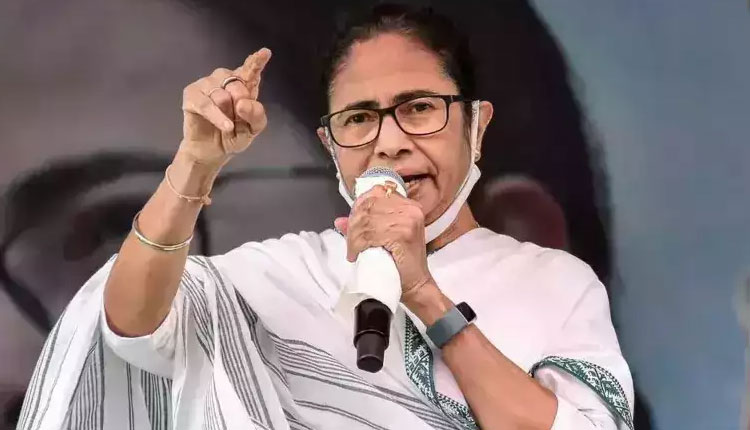Kolkata: As West Bengal assembly elections approach, political tension between BJP and TMC is intensifying. While BJP has begun setting its agenda for the 2026 elections by emphasising Hindu sentiment and Hindutva themes like Lord Ram as its centerpiece—organizing hundreds of Ram Navami processions across Bengal as evidence of their intent— TMC leader Mamata Banerjee remains dedicated to her hold on power, and her grip is tightening further every day. How will she counter BJP’s aggressive Hindutva campaign?
Although the Bharatiya Janata Party (BJP) holds considerable power across India’s political scene, they have yet to gain ground in Bengal. But under Prime Minister Narendra Modi, they have seen some hope emerge in Bengal, and with the 2026 assembly elections approaching, they hope to build upon Mamata Banerjee’s stronghold using Lord Ram as their rallying cry; recent Ram Navami processions provided clear signals as to which direction their political goals lie.
On Ram Navami, the BJP, RSS, and various Hindu organisations organised around two thousand processions across Bengal. Tens of thousands participated, while streets became lined with saffron flags. Agnimitra Paul was seen carrying her sword during one procession as she asserted to police officers that no permission is needed; Arjun Singh directly attacked Mamata Banerjee by accusing her of insulting Hindus by suggesting Ram Navami processes would cause riots; calling upon Mamata Banerjee to resign her position if such claims continued by making such statements against her and calling upon her not only to step aside but to immediately step aside herself as leader as well.
This year, Ram Navami is being utilised by both sides as an effective political weapon; TMC in particular is taking steps to counter BJP’s use of it as an election season tool. With tensions surrounding Ram Navami in West Bengal increasing due to massive police deployments for law and order reasons, Kolkata police commissioner ensured proper safety measures were in place as the festival was celebrated peacefully.
Suvendu Adhikari laid the cornerstone for a Ram temple at Sonachura village near East Midnapore during an election campaign rally held just before the elections on April 1, signalling his party’s commitment to religious beliefs in politics and life in general. Nandigram holds historical importance: this town saw protests against land acquisition in 2007 that turned violent; several protesters died as a result.
While Bengal may not have witnessed major Ramayana events directly, certain sites in Bengal may hold significance for Lord Ram and his companions from this mythic tale. Sites such as Susurvan in Bardhaman district and Gandheswari Temple in Bankura may hold evidence related to events from that era of his epic tale.
Mamata Banerjee may counter BJP’s Hindutva agenda with her signature issue – Bengali identity. In the 2021 elections, Mamata successfully used identity politics to frame her election victory as “Bengali versus Outsiders”. As soon as Hindutva becomes central to politics again in the 2026 elections, expect Mamata to revive this form of identity-based politics while emphasising Bengali pride extends not just among Bengalis themselves but across landowners throughout Bengal. TMC already uses Bengali pride as their signature issue after peaceful Ram Navami celebrations last month.
Mamata Banerjee, in 2021, effectively campaigned on “Maa, Mati, and Manush,” her slogan, which resonated with voters. Now, as Hindutva gains prominence among voters, Mamata may once more turn to Bengali identity to rally voters behind her as a champion for Bangladesh and its culture and values.



Comments are closed.